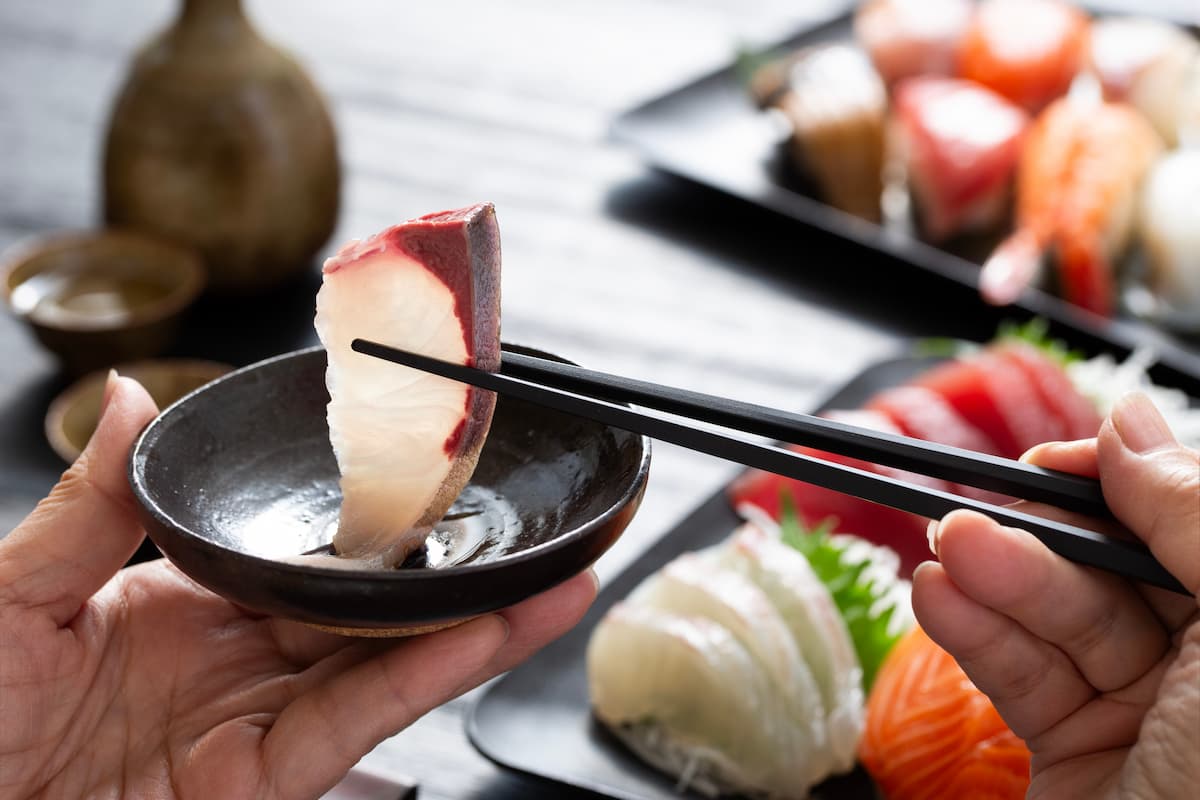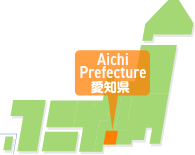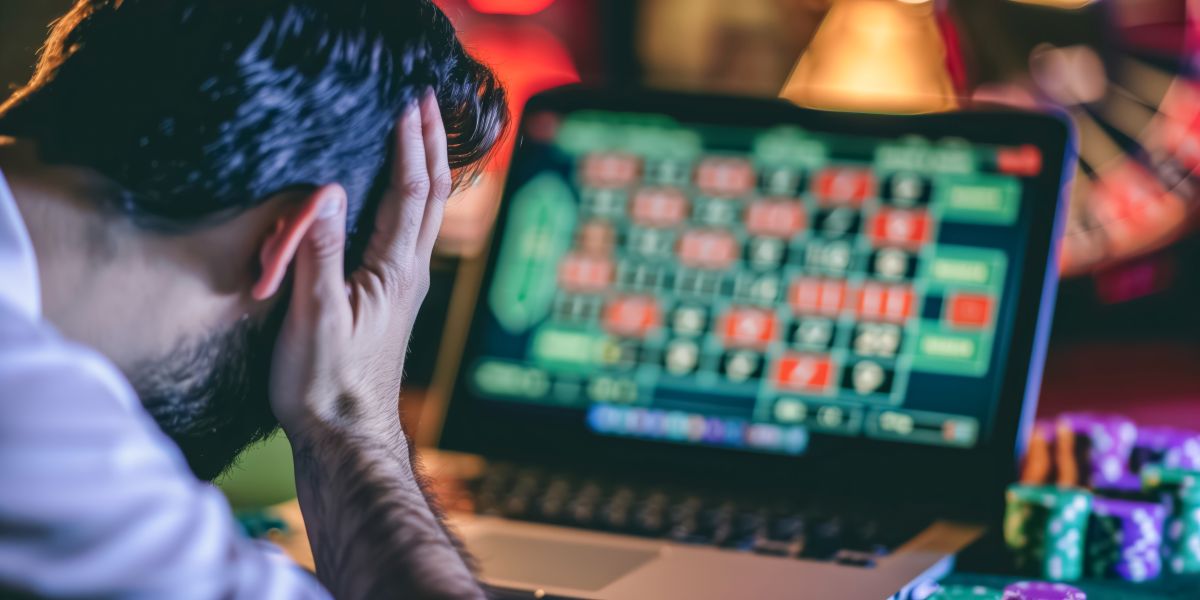[Japanese food culture] Why do Japanese people eat raw fish (sashimi and sushi)?

Hello, this is Kano from JAC (Japan Association for Construction Human Resources).
Some foreigners who come to Japan are surprised that Japanese people eat raw fish.
Japanese people eat raw fish in the form of sashimi and sushi on a daily basis, but why is this?
This time, we will tell you about the history and reasons why Japanese people eat sashimi and sushi.
The reason and history of why Japanese people eat raw fish as sashimi and sushi
We will introduce the reasons why Japanese people started eating raw fish.
Reason 1: Geographical influence
One of the reasons that led to the habit of eating raw fish is the country's geographical location, being surrounded by the sea.
Being surrounded by the sea, fresh fish was easy to obtain and it is thought that there were few problems with eating it raw.
Additionally, Japan has a climate that is suitable for rice cultivation, and rice cultivation developed more than livestock farming.
Livestock farming was not developed, so meat was difficult to obtain.
It is said that this is why people started to eat more readily available fish.
Reason 2: Religious influence
There was a time when eating meat was prohibited in Japan due to Buddhist teachings.
The ban on eating meat was issued in 675.
The ban on eating meat was lifted about 1,200 years later, around 1871.
During the time the ban on eating meat was in place, there were times when restrictions on meat consumption were stricter and times when they were more relaxed, but the food culture of avoiding meat continued for a long time.
It is said that this is why a food culture using fish instead of meat developed.
Reason 3: A food culture that used highly preserved seasonings had developed
In Japan, seasonings such as wasabi, soy sauce, and vinegar have been used since ancient times.
They have a strong antibacterial effect and are suitable for preserving the freshness of raw fish.
For example, sushi is made with sweet and sour sauce.なれずし(NAREZUSHI)" is said to be the origin.
Narezushi is made by placing river fish on rice seasoned with sweet vinegar and leaving it overnight before eating.
At first, they didn't eat rice but only fish, but later they started eating rice as well.
By the way, there is also a "フェ(회/hoe)There is a dish called "sashimi" which is similar to Japanese sashimi.
"Fei" is characterized by the fact that it contains a lot of white fish and is cooked alive.
They often use sweet and spicy sauces called "samjang" or "chojang," but they also use soy sauce and wasabi.
Is Japanese sashimi and sushi safe?
Currently, Japan's fishing industry is subject to strict regulations and control, so the fish sold in supermarkets and markets and served in restaurants are very safe.
Raw fish sold at supermarkets often has a "best by" date written on it.
A use-by date is the date by which food is safe to eat.
You should not eat anything that has passed its expiration date.
*There is also something called a "best before date" which is similar to a use-by date. The best before date indicates the date by which the food can be eaten deliciously. It is displayed on foods that can be stored for a long time, such as sweets and canned goods.
However, even fresh raw fish can sometimes cause food poisoning.
Some fish, such as horse mackerel and mackerel, can cause food poisoning due to a parasite called "Anisakis."
Furthermore, raw oysters can cause food poisoning due to a virus.
Generally, you can enjoy dishes that use raw fish safely, but if you experience symptoms such as stomach pain or nausea after eating raw fish, you should go to the hospital immediately.
If you're planning on enjoying a meal in Japan, it's a good idea to know the proper dining etiquette.
Be sure to read this column as well.
Learn about Japanese dining etiquette! Also check out the wrong ways to eat!
Summary: There is a historical background to why Japanese people eat raw fish (sushi and sashimi)!
Japan is a country surrounded by the sea, and the culture of eating raw fish has been deeply rooted in the country since ancient times.
Other factors that influenced this include the fact that eating meat was prohibited by Buddhist teachings and that meat was difficult to obtain.
One reason for this is that a food culture had developed that made use of seasonings with strong antibacterial properties, such as soy sauce, wasabi, and vinegar, making it possible to eat raw fish hygienically.
Raw fish in Japan is generally safe, but in rare cases it can cause food poisoning.
If you become ill after eating raw fish, go to the hospital immediately.
About us, JAC
JAC(Japan Association for Construction Human Resources)is an organization that supports all Specified Skilled Workers working in the Japan construction industry. We work with companies that accept Specified Skilled Workers to create a work environment that is easy for everyone to work in.
We're also taking the exams you need to become a Specified Skilled Workers!
And JAC has received many requests for job offers from companies that want Specified Skilled Workers to work for.
Specified Skilled Workers Wanted! Job Listings
For those of you who want to work in Japan using Specified Skills, we are introducing jobs that match your occupation and aspirations!
If you have any problems, please feel free to contact us!





